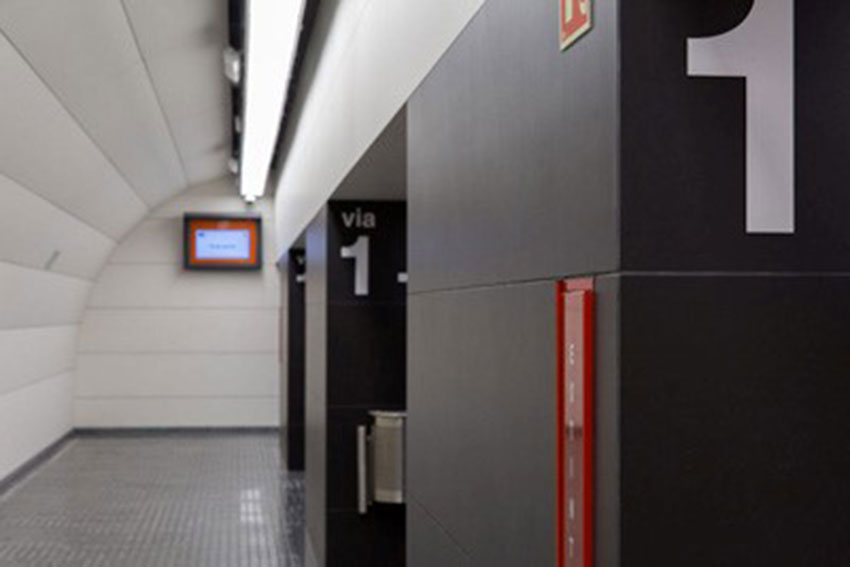Achieving Sustainability Goals Through Materials and Design
Fire Resistance
Many of the natural materials discussed in this article also have natural fire-resistant qualities.
Gypsum is naturally noncombustible and fire-resistant. The ASTM E119 Standard Test Methods for Fire Tests of Building Construction and Materials (or UL 263 Standard for Safety of Fire Tests of Building Construction Materials) are the test methods used for evaluating fire-resistance assemblies. These panels with enhanced fire resistance are manufactured in many thicknesses and core type designations. It is important to check the fire resistance-rated design to ensure the proper panel is selected.
Confirm all specifications with the manufacturer and look for items and finishes that meet ASTM E 84, the standard test method for assessing the surface burning characteristics of building products. This standard is often referenced in conjunction with the National Fire Protection Association (NFPA) 286, the standard method for fire tests and evaluating products.
Stainless steel is also fire-resistant. While it can melt if it reaches too high of a temperature, stainless steel cannot catch fire and will not aid in the spreading or propagation of fire.
Raw materials used to make sintered stone are fused or “sintered” together using high heat, pressure, and sometimes electricity, to create the stone, making it a naturally fire-resistant material. These surfaces are ideal for kitchens and areas that are exposed to high heat because the material will not scorch or burn. Hot pots and pans can be placed directly on the surface without causing any damage or fire danger.
Sound Control and Noise Reduction
Noise control can improve the occupant experience dramatically, whether it be in healthcare, education, hospitality, multifamily residential, mixed-use, or recording studio projects. When reviewing product specifications for materials that can help damp noise, look for products that show results from ASTM E 90 Sound Transmission Loss (STL) tests.
High-quality gypsum panels contain sound-damping properties that can reduce noise between rooms. For retrofit projects, panels can be easily installed as one layer over existing walls with no demolition, reducing downtime and labor costs. Additional materials can be wrapped around electrical outlets to seal penetrations helping to ensure that the required STC results are obtained. Noise reduction is especially beneficial to patients healing in hospital settings. Conversations in hallways and at nurse’s stations, as well as the sounds of machines beeping notifications, can increase heart rate, blood pressure, and respiratory rate for patients. This can increase anxiety levels leading to increased healing time and the potential for introducing or perpetuating psychiatric symptoms.












